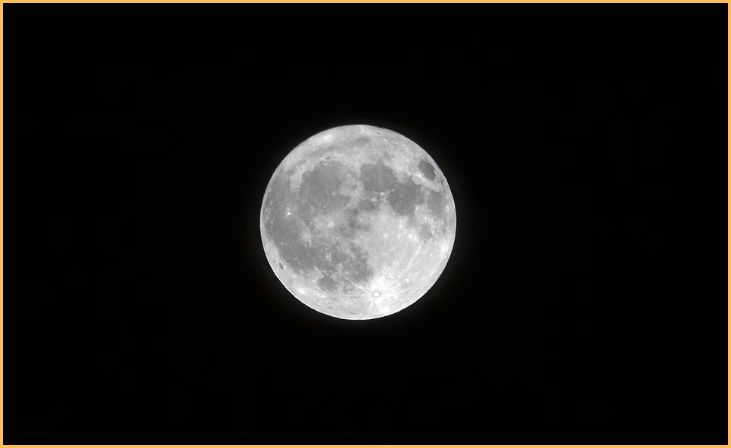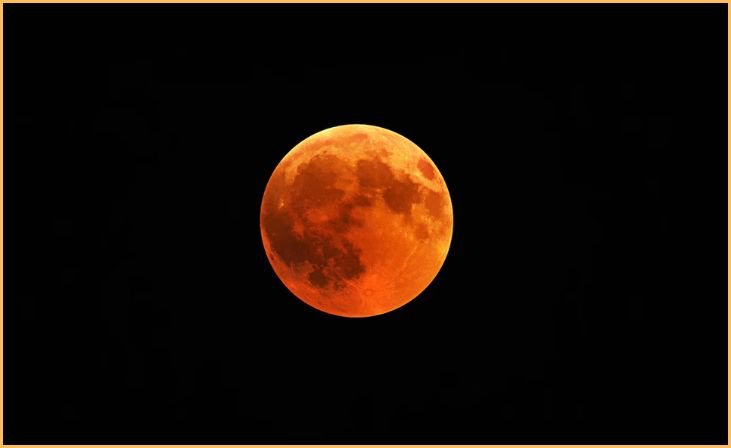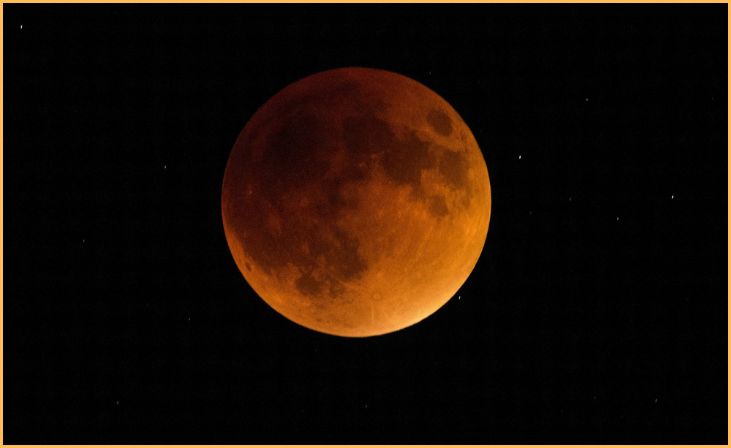Different Colors of the Moon – The Moon, Earth’s celestial companion, has captivated human curiosity for centuries. Beyond its serene glow in the night sky, the Moon reveals a spectrum of colors that tell a compelling story about its composition, history, and interaction with the Earth’s atmosphere. This exploration delves into the various hues that grace the lunar surface, from the classic grays and whites shaped by sunlight and regolith to the ethereal glow of Earthshine.
Historic observations and cultural interpretations of lunar colors set the stage for a journey through the phenomena of lunar eclipses, the mysterious Blood Moon, and the impact of atmospheric conditions on the Moon’s appearance.
As technology advances, modern scientific studies and upcoming lunar missions promise to unveil new facets of the Moon’s palette, adding to the tapestry of knowledge about our nearest celestial neighbor. Join us in unraveling the enigma of the Moon’s different colors, unlocking the secrets hidden within its ever-changing luminosity.
Importance of studying the Moon’s colors
Studying the Moon’s colors holds profound significance for various scientific, cultural, and exploratory reasons. Firstly, the diverse hues observed on the lunar surface offer critical insights into its geological composition and evolution. Different colors indicate variations in mineral content, allowing scientists to decipher the Moon’s geological history and gain a better understanding of its formation and development.
Moreover, the Moon’s colors play a crucial role in astronomical observations and studies. By analyzing the lunar spectrum, scientists can refine their knowledge of the Moon’s surface materials, contributing to broader studies of celestial bodies and planetary science.
Culturally, the Moon has held symbolic importance across civilizations. Understanding its colors enhances our comprehension of cultural interpretations and folklore associated with lunar phenomena, enriching our appreciation of the Moon’s influence on human beliefs and traditions.
Also, Read – Astonishing Metal Detector Discoveries
Different Colors of the Moon
Gray/Silver

The Moon typically appears gray or silver when viewed from Earth, reflecting sunlight on its surface. This neutral tone is a result of the Moon’s composition, primarily made up of rocks and regolith.
The absence of a thick atmosphere on the Moon, unlike Earth, means there is no scattering of sunlight, contributing to its monochromatic appearance.
Although perceptions of the Moon’s color may be influenced by various factors such as atmospheric conditions, time of day, and location, its predominant hue remains a muted gray or silvery shade in most observations.
Yellow/Orange

The Moon can exhibit a yellow or orange tint when it’s near the horizon, particularly during sunrise or sunset. This phenomenon arises due to the Moon’s light passing through a larger portion of Earth’s atmosphere, causing shorter wavelengths (blue and violet) to scatter, while longer wavelengths (red and orange) predominate.
The Earth’s atmosphere acts as a filter, accentuating warm colors and imparting a vivid, warm glow to the lunar surface. This unique coloring effect is a captivating spectacle, adding a touch of warmth and richness to the Moon’s appearance when observed low on the horizon.
Red

The Moon takes on a striking red hue during a total lunar eclipse. This celestial event occurs when the Earth comes directly between the Sun and the Moon, casting its shadow on the lunar surface.
As the Moon moves into Earth’s shadow, the planet’s atmosphere scatters shorter wavelengths of light, allowing longer wavelengths in the red spectrum to reach and illuminate the Moon.
This captivating phenomenon results in a dramatic and visually stunning transformation, turning the lunar disk a deep, reddish color. The intensity of the red hue can vary during the eclipse, creating a mesmerizing spectacle that captivates observers worldwide.
Blue

Under specific atmospheric conditions, the Moon may take on a blue tint, a phenomenon known as a “blue moon.” This rare occurrence is not directly related to the Moon’s intrinsic color but is rather a result of fine particles or smoke in the Earth’s atmosphere, scattering shorter wavelengths of light.
Similar to the daytime sky appearing blue due to Rayleigh scattering, the Moon can adopt a bluish hue when observed through a similar scattering mechanism.
While less common than other lunar colors, the blue Moon adds an enchanting touch to the night sky, capturing the attention of skywatchers during these unique atmospheric circumstances.
Also, Read – Most Mass-Produced US Naval Ships in WWII
Copper

The Moon occasionally exhibits a distinctive copper or bronze hue, often seen during specific atmospheric conditions and celestial events. This unique coloring occurs due to a combination of factors, including the scattering of sunlight through Earth’s atmosphere and the angle at which the Moon reflects this refracted light. The presence of particles or pollutants in the atmosphere can enhance the reddish tones, giving the Moon a warm and coppery appearance. This captivating display is a rare and fleeting phenomenon, adding a touch of celestial elegance to the lunar landscape and providing observers with a glimpse of the Moon adorned in rich, copper-colored tones against the night sky.
Conclusion
In conclusion, the Moon’s diverse colors, a symphony of scientific revelations and cultural symbolism, weave a tapestry that spans geological epochs and human imagination. From the mineral-rich grays to the mystical hues of a Blood Moon, each shade imparts invaluable knowledge about our celestial neighbor.
As lunar exploration advances, the significance of studying these colors extends beyond scientific curiosity, guiding our understanding of the Moon’s past and shaping our aspirations for the future. The ever-changing palette of the Moon continues to inspire wonder, offering both a window into the cosmos and a bridge between scientific discovery and human heritage.
FAQs
Earthshine occurs when sunlight reflects off the Earth and illuminates the dark side of the Moon, creating a faint glow during certain lunar phases.
The Moon turns red during a total lunar eclipse because of Earth’s atmosphere scattering sunlight. The red wavelengths pass through, casting a reddish hue on the Moon.
Atmospheric scattering, particularly Rayleigh scattering, affects the Moon’s appearance. It can cause a bluish tint, especially when the Moon is low on the horizon.







